The Cross that triggers my hyperthoughts
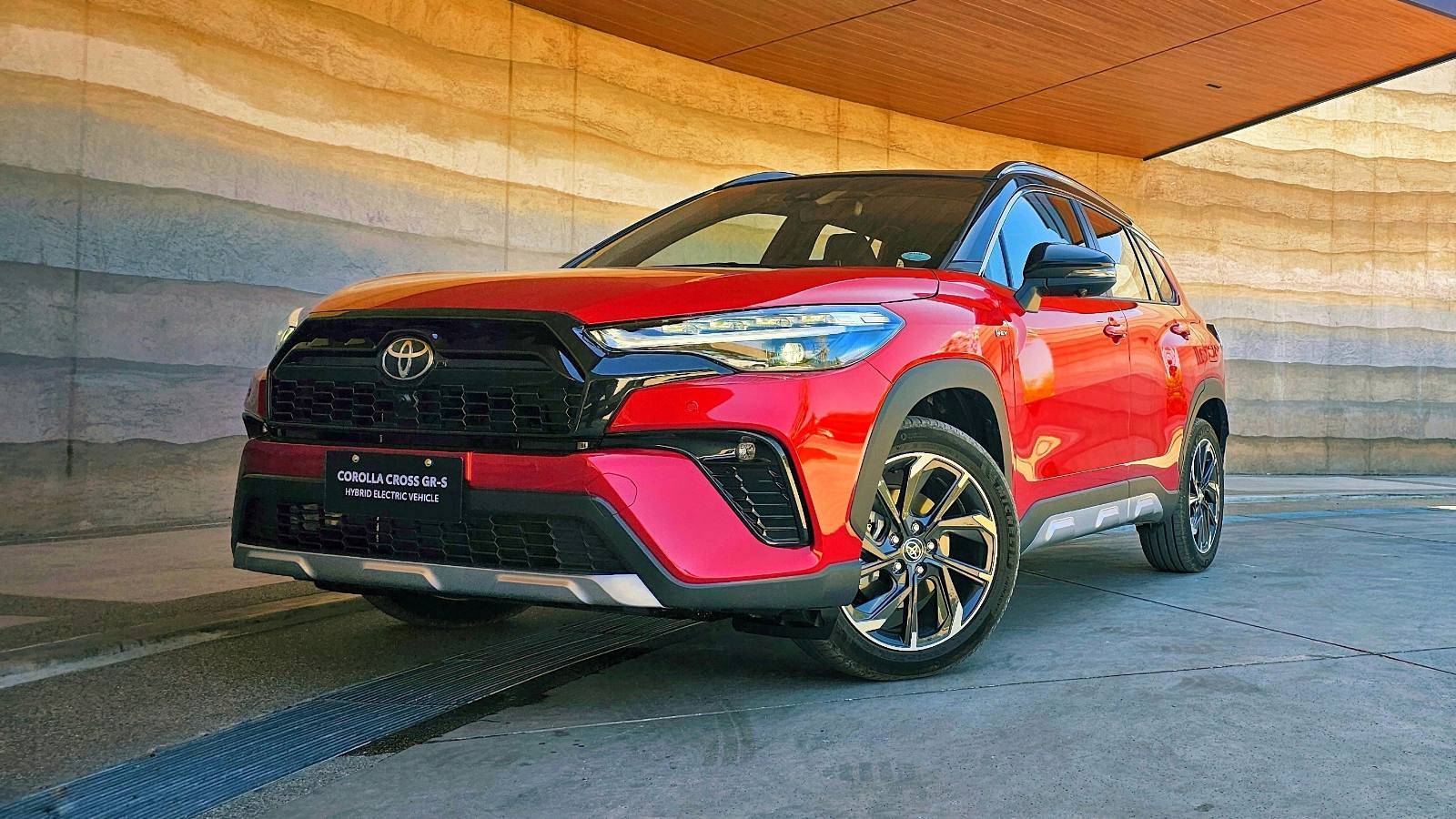
Am I an optimist or a pessimist? When I look back at all the things I’ve said and done, whether in my personal or professional capacity, I can’t pinpoint exactly which way my life’s outlook has tended to lean to. There are days when I just dread everything that’s happening, and then there are days when I just feel like everything’s going to turn out just fine.
Sometimes, I have these conflicting feelings at the same time, over the same issue. They’re like the angel and the devil on my shoulders, whispering to each ear, trying to sway me into doing this or that, to the point that I get confused and unable to act.
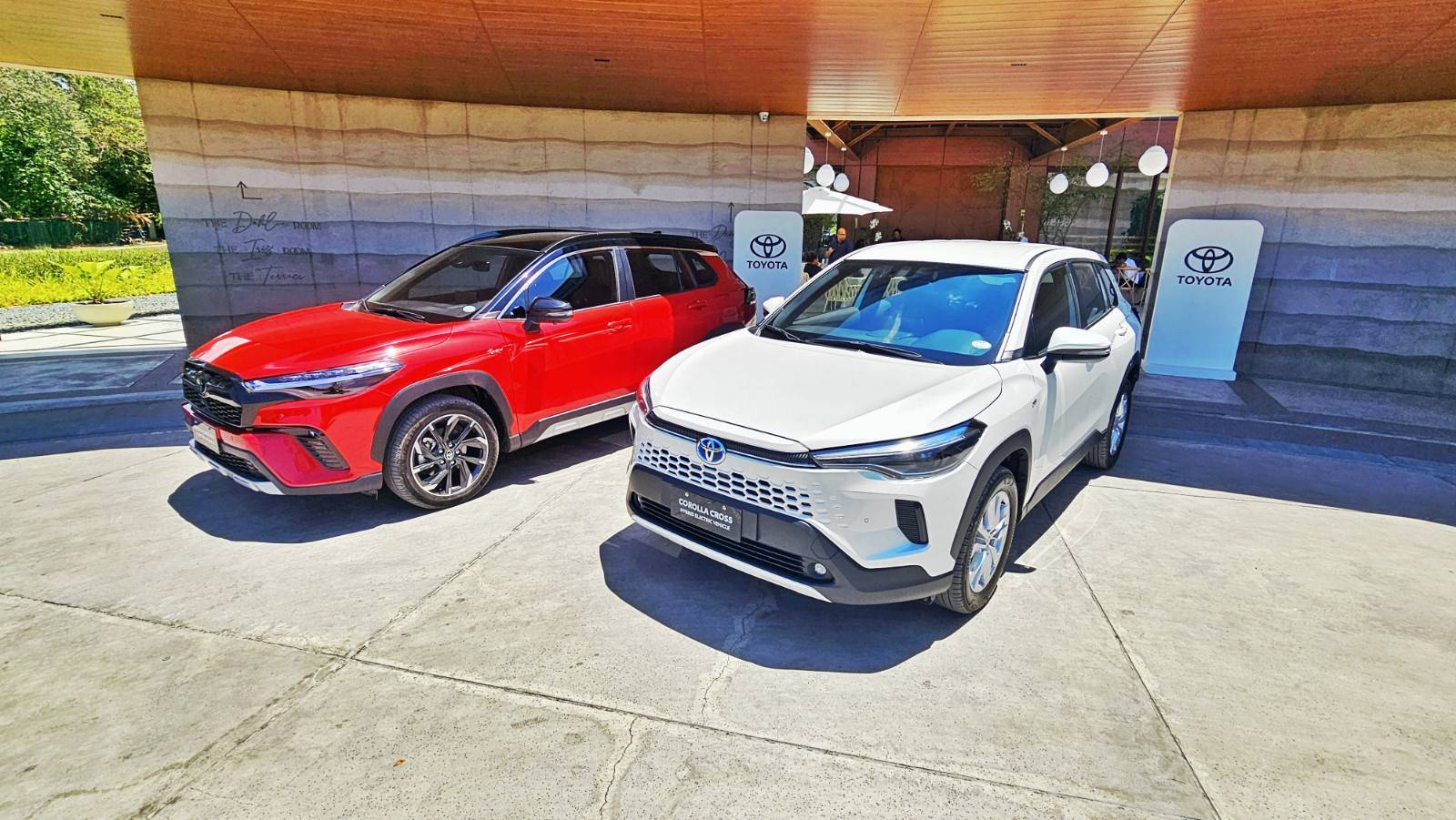
That’s when my father would tell me, “You’ve gone hyperthinking again into a state of analysis paralysis.”
So, there. I’m neither an optimist nor a pessimist, but an over-thinker. That means, when things are going great, I always think something’s bound to go wrong. And when things are going wrong, I always think things are going to get better.
Take the state of transport and mobility that we have right now. It’s not ideal, but it’s not the worst, either. Yes, we’re still predominantly a fossil fuel burning society, and it’s not helping mitigate humankind’s impact on global climate change. But then I see new technologies emerging and becoming accepted in mainstream markets—new ways of propulsion that do not require internal combustion—and that’s when I feel things are going to be fine.
Globally, as of 2021, transport is still 95 percent dependent on oil. Land-based vehicles tend to stay in operation for up to 20 years, planes for 25, and marine vessels for 40. What this means is that if, by some outlandish reason or another, all new modes of transport being bought tomorrow were 100 percent electric or powered by an entirely clean, renewable energy source, it would still take decades for fossil fuel-powered vehicles to completely go out of operation. In a more realistic scenario where global new car sales would be 60 percent electric by the end of this decade, global CO2 emissions from cars would drop by only 14 percent by 2030 compared to 2018 levels.
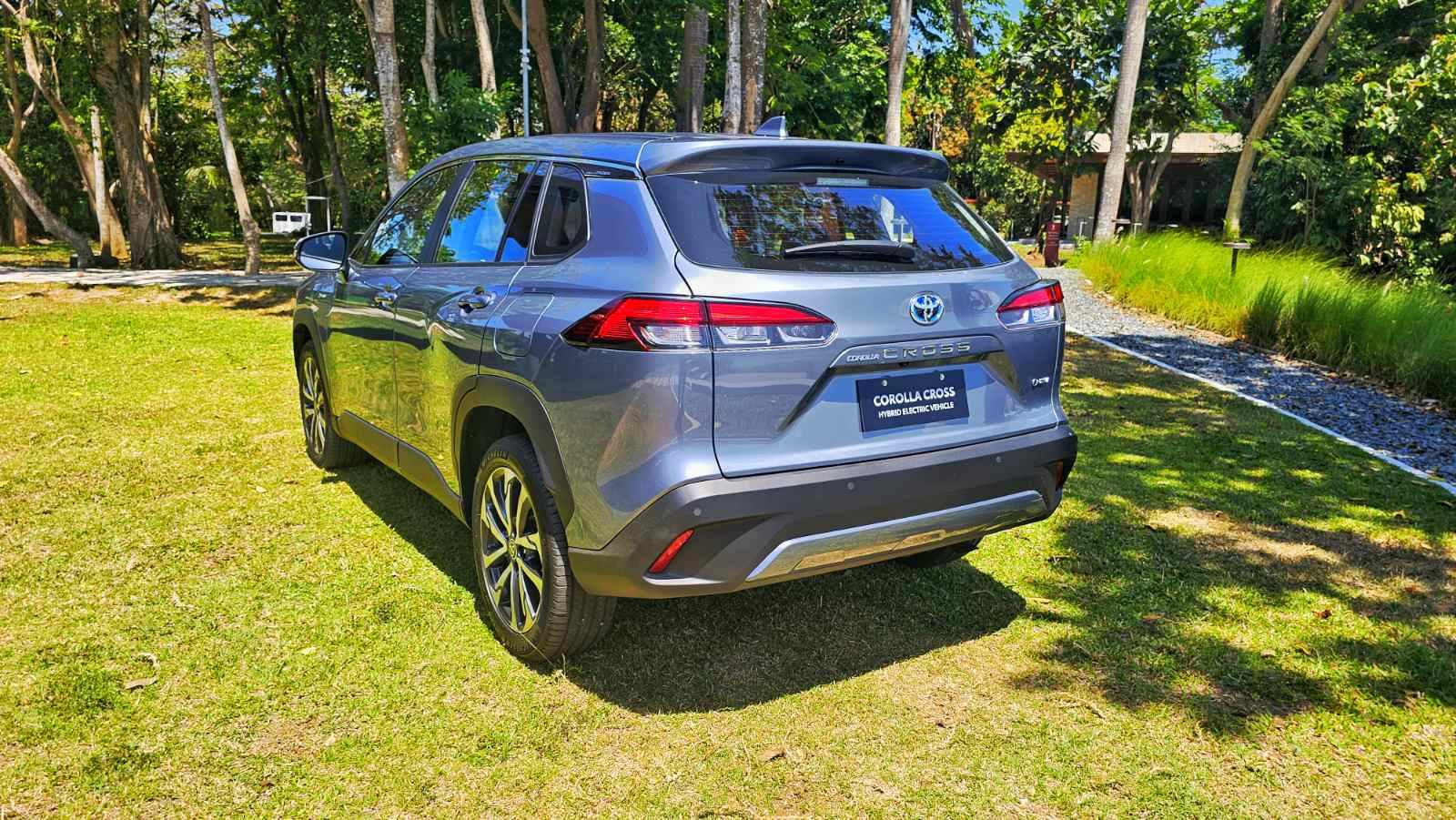
I read that analysis from “The Climate Book,” in a piece titled “Is the Future Electric?” co-written by energy experts Jillian Anable, co-director of the University of Oxford’s CREDS Center for Research in energy demand solutions, and Christian Brand, co-director of UK Energy Research Center and Associate Professor at University of Oxford. These two are certainly not being optimistic.
You know who’s being optimistic and upbeat these days? Well, if you can catch him at rest and not on his bike pedaling around Metro Manila, you’ll be pleasantly surprised to know that this Japanese executive going by the name of Masando Hashimoto is the jovial, down-to-earth president of Toyota Motor Philippines.
For him, the direction for one of Toyota’s most beloved models, the Corolla, is crystal clear and needs no overthinking. Beginning April 12, all Corolla Cross variants being offered in the Philippines will be hybrids.
Hashimoto told me: “Our enemy is carbon. We believe that reducing CO2 (carbon dioxide) is the future of the Philippines. There doesn’t have to be one solution for this goal. Once the percentage of renewable energy generation in the Philippines increases and the recharging environment improves, we will have more alternative options. Along with this progress, Toyota and Lexus will have more powertrains available in the future. As of today, our hybrids are very much supported by many owners. I am glad that our customers think hybrids are something they can do today, right now, as a carbon neutrality initiative.”
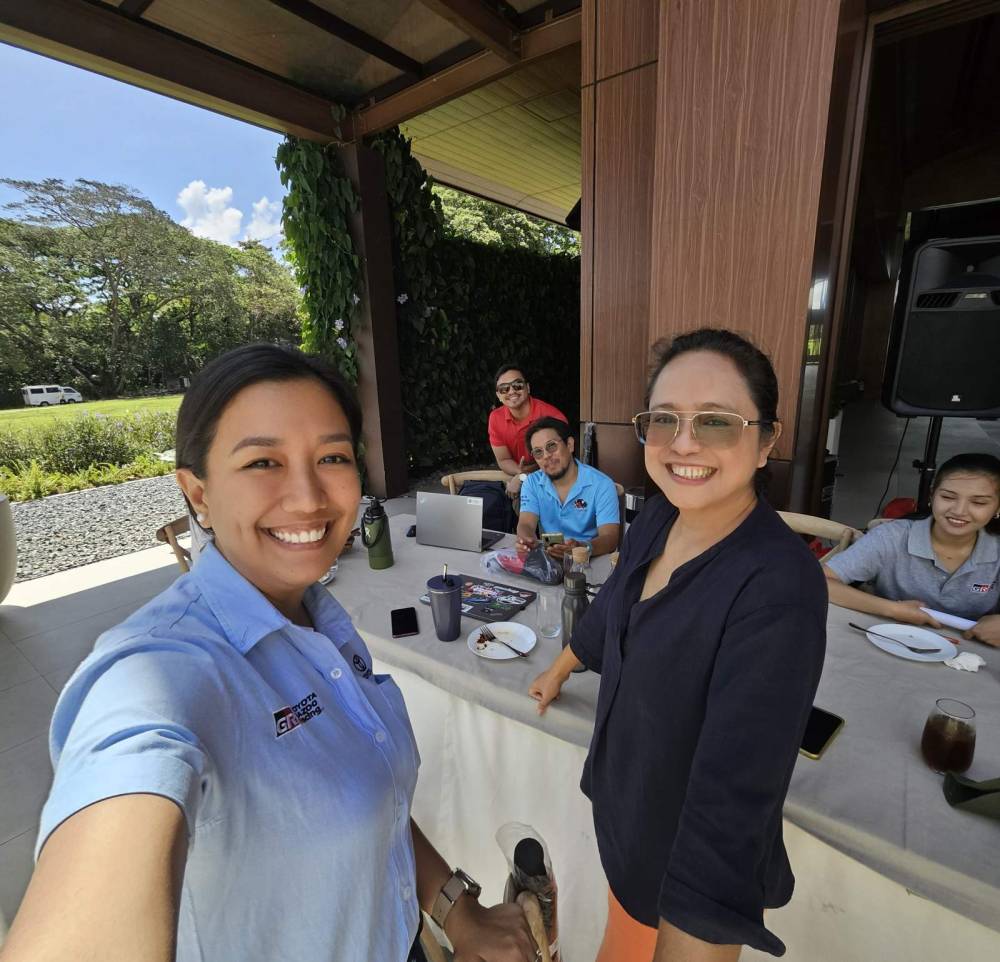 Hashimoto added that last year TMP sold 1,700 Corolla Cross HEVs, and that the mobility company is “aiming to double this” now that all Corolla Cross models are hybrid.
Hashimoto added that last year TMP sold 1,700 Corolla Cross HEVs, and that the mobility company is “aiming to double this” now that all Corolla Cross models are hybrid.
“Toyota has ambitions to convert 30 percent of its total sales in Asia to xEVs in the near future. We believe that the HEV variant will play an important role in this plan, as it is the first option to be widely available. We have a diverse customer base in the Philippines. The Philippines is also unique in that 90 percent of our customers who buy cars are first car buyers. It is important for us to offer freedom of choice to them. We will continue to develop segment-by-segment, a product strategy that is appropriate for our customers,” Hashimoto revealed.
Somehow, hybrids tend to trigger the optimist x pessimist in me. I love that the Corolla Cross hybrid can give its driver upwards of 20 km per liter fuel mileage without breaking a sweat, but I still gnash my teeth knowing that it still burns fossil fuel. Now I imagine this would be when Masando-san comes up to me on his bike, pats me on the back, and assures me to “start your carbon neutrality journey on hybrids.”
Hmm, okay. Hashimoto adds that he enjoys driving the Corolla Cross. “(There’s) that wonderful feeling of the motor working together with the powerful 1.8L engine. The possibilities of the 4.5-meter-long vehicle package that offers ample cargo room. I can confidently say that this car is truly worthy of the Corolla name.”
The technology in the Corolla Cross involves a hybrid 4-cylinder, in-line, 16-valve DOHC, chain drive with VVT-i engine with CVT transmission. Hashimoto explains that this hybrid engine combines the power of a conventional engine with the fuel efficiency of an electric motor for an eco-friendlier drive.
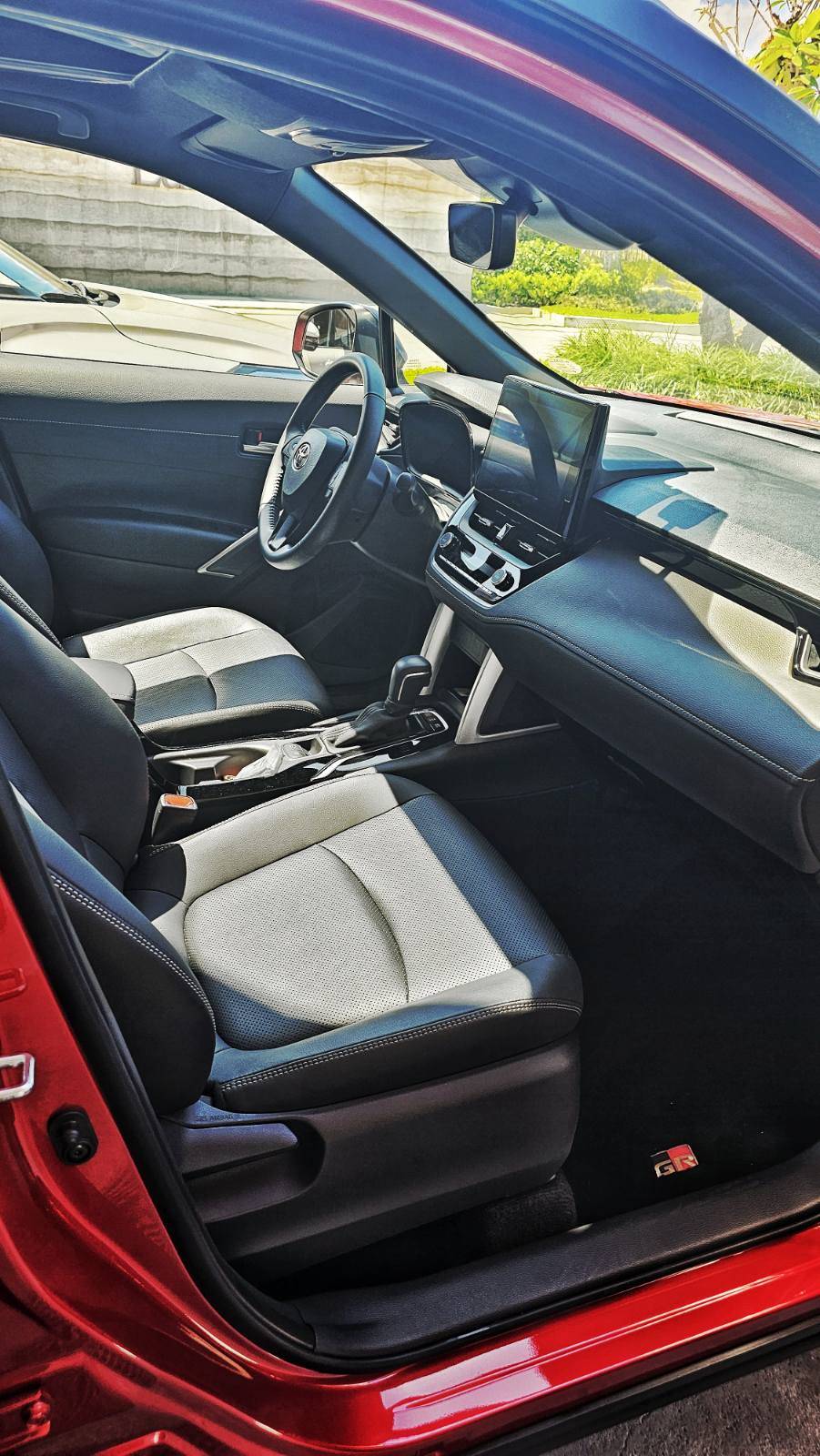
As of the end of February 2024, there are already more than 4,000 Corolla Cross hybrids on the road, part of the over 13,000 Toyota buyers who chose electrified Toyota and Lexus models.
“These numbers are not just sales figures. These represent Filipinos committed and ready to lessen their carbon impact. With our all-HEV new Corolla Cross lineup, along with our wide range of xEV offerings, we continue to practice our multiple path approach to carbon neutrality, giving customers the freedom to choose and the power to start the journey to Beyond Zero,” Hashimoto stressed.

















